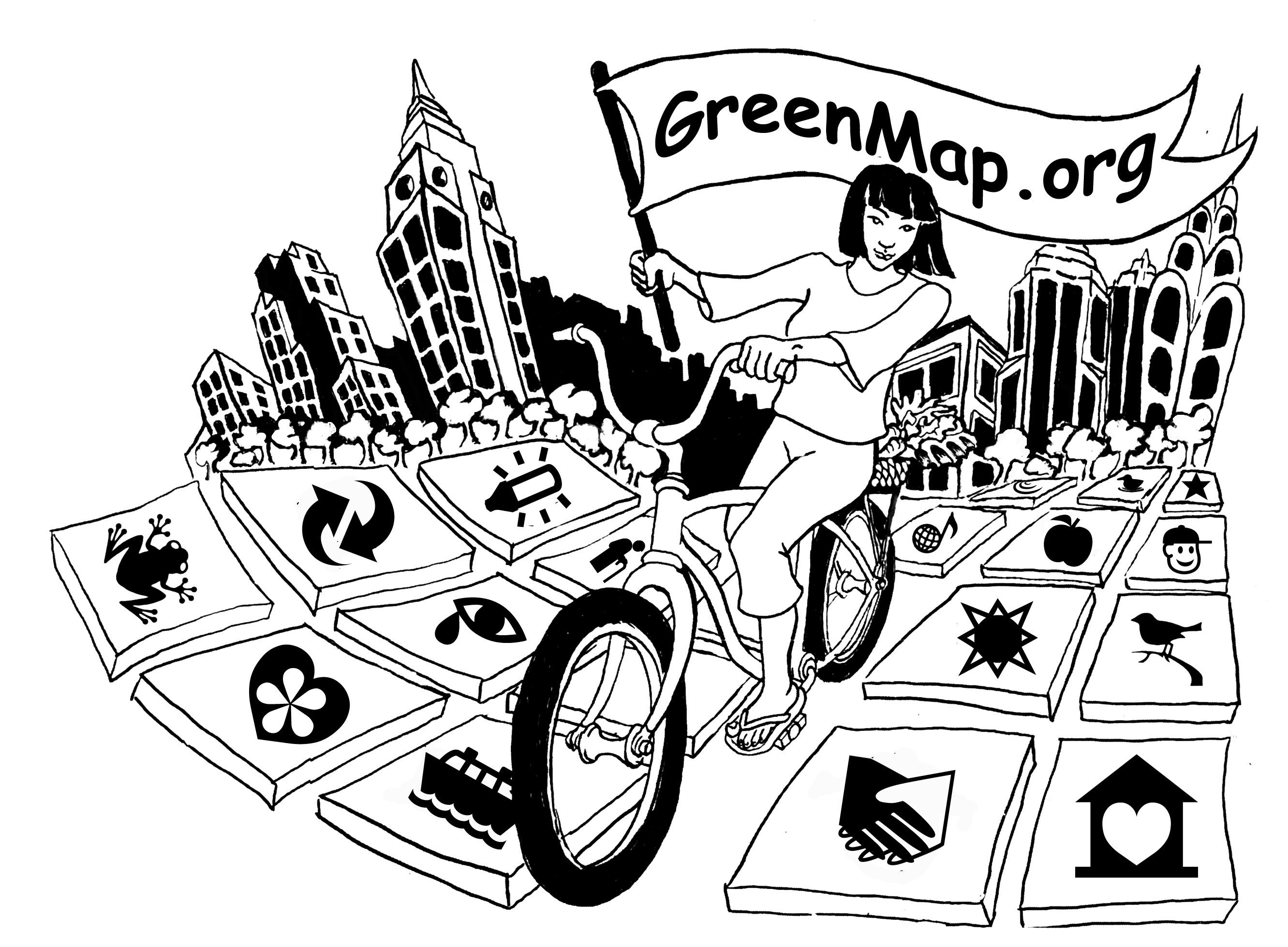
3 minute read
Introduction
by ecoartspace
Ecoartspace
Founder Patricia Watts
Advertisement
During the zeitgeist of the new environmental laws that were passed in the United States during the late 1960s and early 1970s, Mierle Ukeles wrote her radical ecofeminist proposition Manifesto! Maintenance Art in 1969, which was a proposal for an exhibition titled CARE. She later performed her Maintenance Art, or unseen labor, titled Hartford Wash: Washing, Tracks, Maintenance, in 1973, washing and scrubbing the museum stairways by hand, both inside and outside the Wadsworth Athenaeum in Hartford, Connecticut.
The performance was part of Lucy Lippard’s multi-venue show called c. 7,500. Three years later, Kim Abeles published her homesteading handbook titled Crafts, Cookery, and Country Living. In handwritten text, Abeles’ how-to-directions and recipes for living a self-sustaining existence in a rural setting included instructions for braided rugs, patchwork, macramé, natural dyeing, edibles, and drinkables for gifts, to name just a few examples. These early ecofeminist works pointed to the simplicity and thoughtfulness that’s needed, especially today while addressing climate change, each born out of the environmental and feminist movements that began almost sixty years ago.
The first word in the title of this book, Earthkeepers, was inspired by the Heresies Magazine Issue #13: Earthkeeping / Earthshaking: Feminism & Ecology (Volume 4, Number 1), 1981, which was co-edited by ecoartspace member, artist Janet Culbertson, along with several others including curator/writer Lucy Lippard and artist Ana Mendieta (1948-1985). The issue featured short essays including Culbertson’s text Ecotage!, the title being a word combining ecology and sabotage, which examined the use of guerrilla tactics to address environmental issues. Culbertson promoted that women should be ready to boycott or write letters, and to question any ecological exploitation with intelligent actions. The late Bonnie Ora Sherk (1945-2021) wrote about her then-current project Crossroads Community (the farm) in San Francisco as an “alternative to alternative spaces.” Other contributions and artworks featured were by Michelle Stuart, Christy Rupp, Mary Beth Edelson, and Patricia Johanson, among others. Heresies was an idea-oriented journal devoted to the examination of art and politics from a feminist perspective from 1977 to 1993.
A more recent workbook created by Tattfoo Tan, only four years ago, titled Heal the Mankind in Order to Heal the Land, was also a precursor for this book. Having written an ecoartspace Action Guide with Tan in 2014, titled S.O.S., it became evident that artists addressing environmental issues should offer up their creativity and problem-solving skills for the greater good; that their social practice projects should be replicable, by anyone. Tan has written two other workbooks since and believes object-making is a problematic goal unless there is utilitarian value; that it’s really about self-improvement or community capacity building to get to where we need to be, to an ecoconsciousness.


My former ecoartspace partner Amy Lipton (1956-2020) and I had discussed many times through the years that we wanted to publish an ecoartspace cookbook. Not even one year into the pandemic, Lipton passed away, and with the lockdown measures, we retreated into the kitchen for comfort. With this convergence, it seemed timely to create a handbook of recipes and remedies for healing ourselves and the places that we live. In a world turned upside down by a virus, created by the extractive practices of colonialism that has ravaged the planet for hundreds of years, the need to heal patriarchial violence is upon us.
In the following nearly 200 pages of contributions by more than 100 artists / ecoartspace members, there are also manifestos, essays, and simple how-to acts of love and kindness to consider. We invite our readers to find inspiration from this handbook, which presents the creative care of our members. This compilation is an ecoartspace manifesto with knowledge sharing at its core to help contribute to making the world a better place.
Tricia’s Toothpowder
3 tablespoons Sea Salt
1/4 cup Baking Soda
1/2 cup Arrowroot Powder
Essential Oils (Spearmint) 5-10 drops
Mix well and put in glass jar; dip wet toothbrush in power (not too wet) or you can find a bottle that you can pour it over your toothbrush.
I’ve been making my own toothpowder for over twenty years. This recipe was included in a Native American herbal book I had, and includes Arrowroot powder, which got its name for healing arrow wounds. It’s a nice soft base for the baking soda and salt, which can be harsh on teeth. I truly believe that the salt has kept me from getting decay that otherwise would have turned into more fillings / dental work. Give it a try!
I’d like to thank Kim Abeles and WhiteFeather Hunter who reviewed the member submissions for this Handbook. Hunter brought her witchy perspective to the book, as a doctoral artist/ researcher in biotech and the occult, and inventor of human menstrual growth serum by biohacking her menstrual blood. She challenges taboos around women’s bodies in science research, and questions how “witches” possessing body and nature-based knowledges were persecuted as part of the transition to patriarchal capitalism. Note regarding the title of this book: Heal the Man is a phrase that in this instance is more literal than in the Old English style. It is meant to refer to the active legacy of patriarchy and maleness/masculinity, which are intertwined with systemic racism and colonial extraction. These are deeply embedded systems or structures that have contributed to the demise of our interconnected relationship with the earth. As in Old English, Man means “person” or “human,” or men and women alike. Man, as it is used for this book focuses on the male aspects of being human, for all genders; the man inside us all, so we can begin the process of deconstructing what it means to be a man or manly in a world today facing epochal climate.










